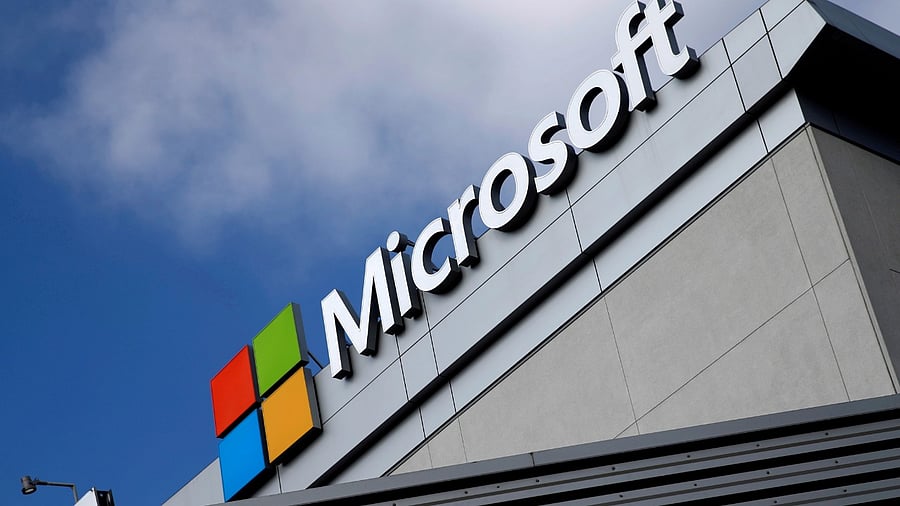
The Microsoft logo.
Credit: Reuters File Photo
Bengaluru: Microsoft will invest $3 billion in the next two years, primarily in cloud computing and artificial intelligence (AI) infrastructure, Chairman and Chief Executive Officer Satya Nadella said on Tuesday.
The investment is by far the largest by Microsoft in India to date, Nadella said, citing an exciting diffusion rate of AI in India.
As part of the investment, the company will establish new data centres, focused on increasing its cloud computing brand Azure’s capacity. “India is rapidly becoming a leader in AI innovation, unlocking new opportunities across the country,” Nadella said in Bengaluru at a company event.
He also said that Microsoft will also train 10 million professionals in AI skills in India by 2030.
Presently, Microsoft has three data centre regions in India: Pune, Mumbai and Chennai.
“We also have the capacities that we built up with Jio. We have a lot of regional expansion happening," Nadella added. Its fourth data centre in India will go live in 2026, although the location was not specified. Globally, the company has around 300 data centres.
With its latest investment, Microsoft also emphasised on India being a key player in the global development of AI, with Nadella pointing out that India will have the largest developer community on GitHub by 2028.
GitHub, a Microsoft subsidiary, is a developer platform that also helps professionals to manage projects. Currently, India’s contribution to GenAI projects stands at 30,594, the second highest after the US.
Nadella also spoke of Foundry, which is Microsoft’s app designed to integrate AI models for specific use cases.
The tech giant is also betting on AI agents disrupting SaaS (software as a service) models with back-end business logistics. “A lot of business logic will move to a new tier, which then will be a multi-agent tier that needs to be orchestrated,” Nadella said in a conversation with Nandan Nilekani earlier on Tuesday.
Orchestration is the coordination and management of multiple computer systems, applications and/or services, stringing together multiple tasks in order to execute a larger workflow or process.